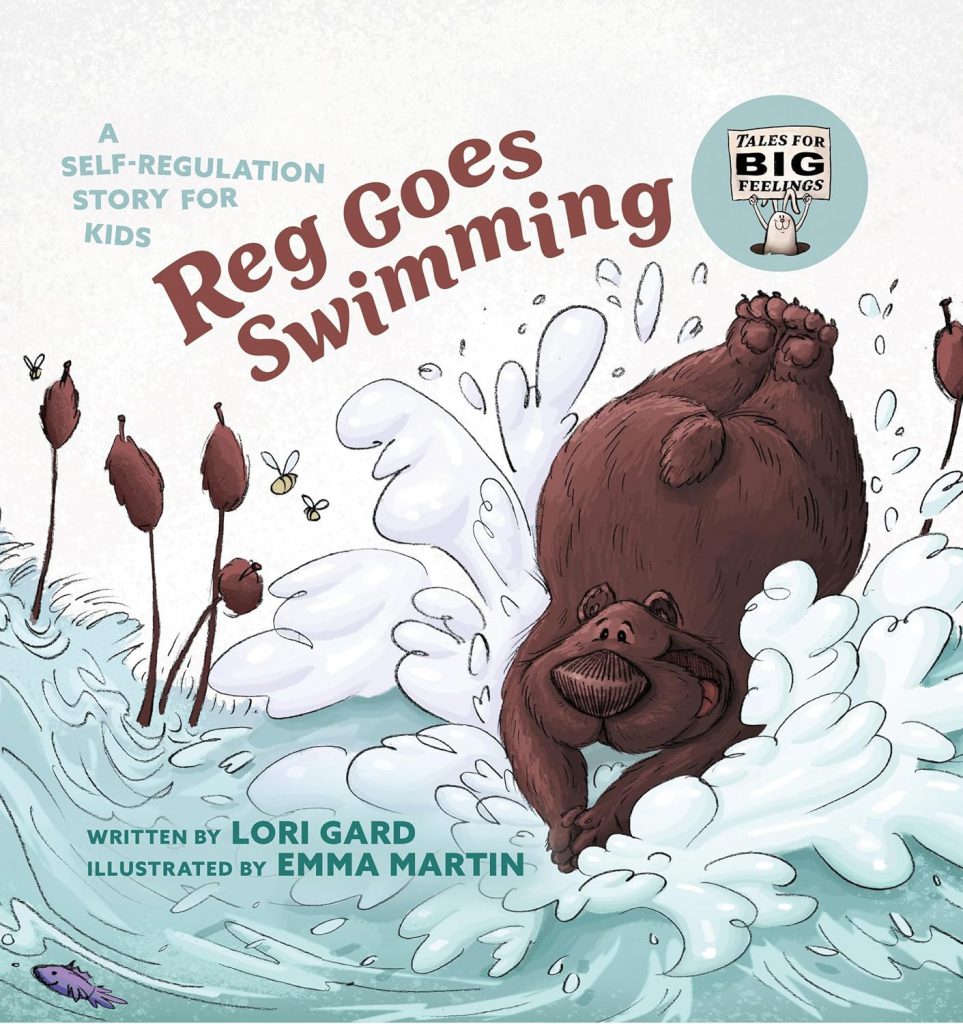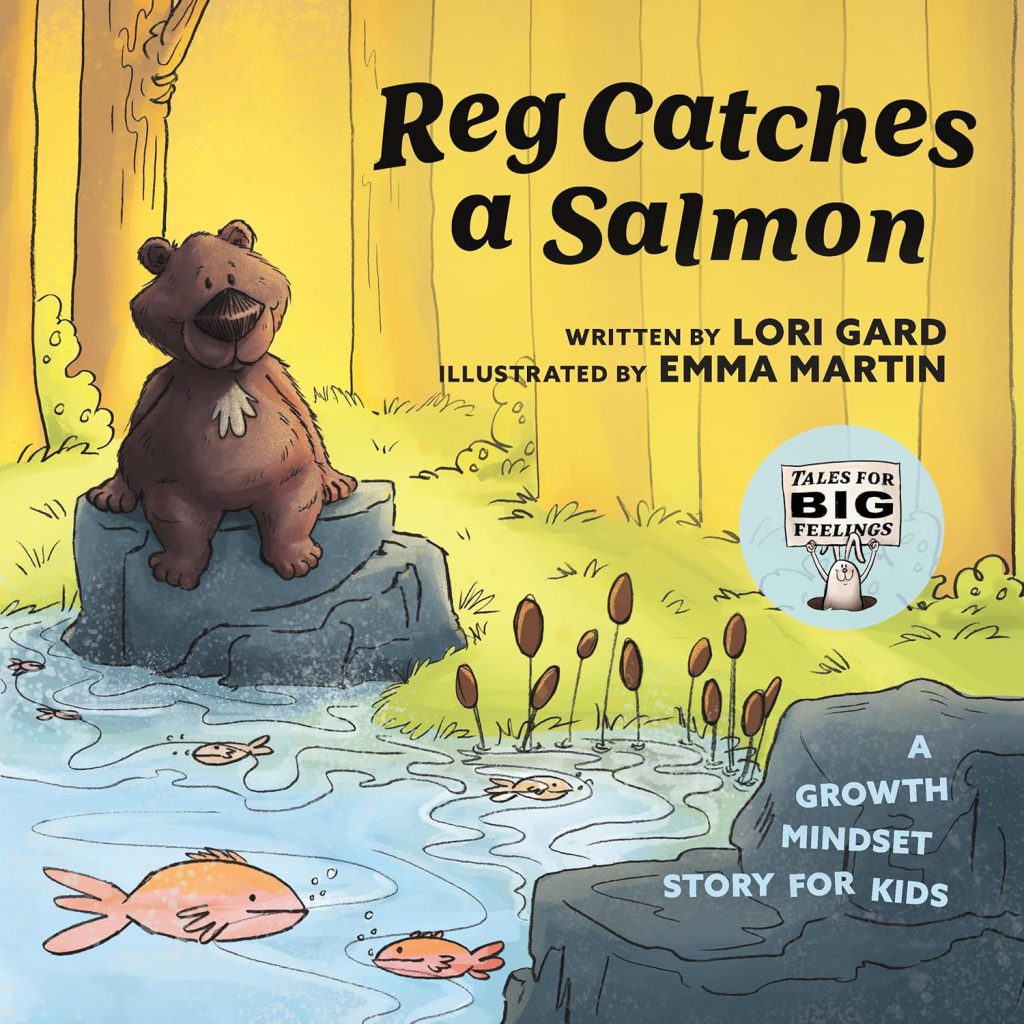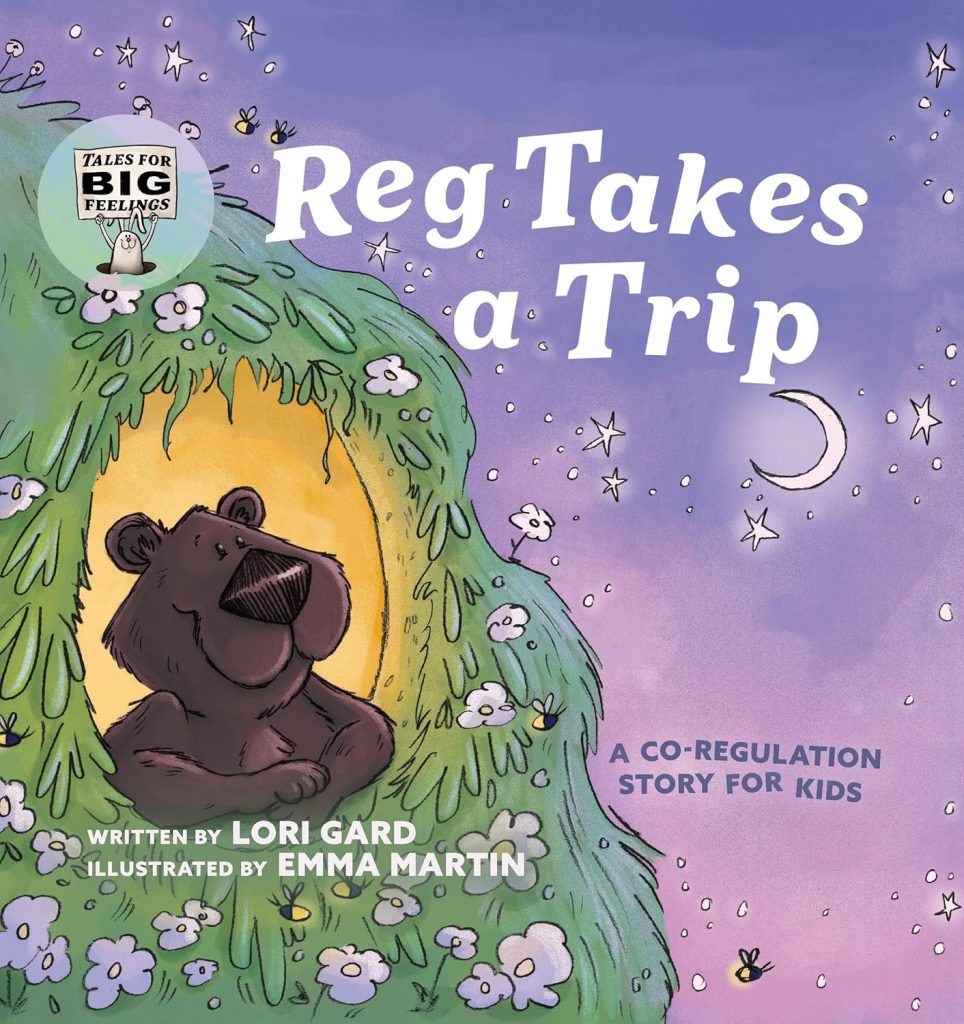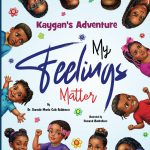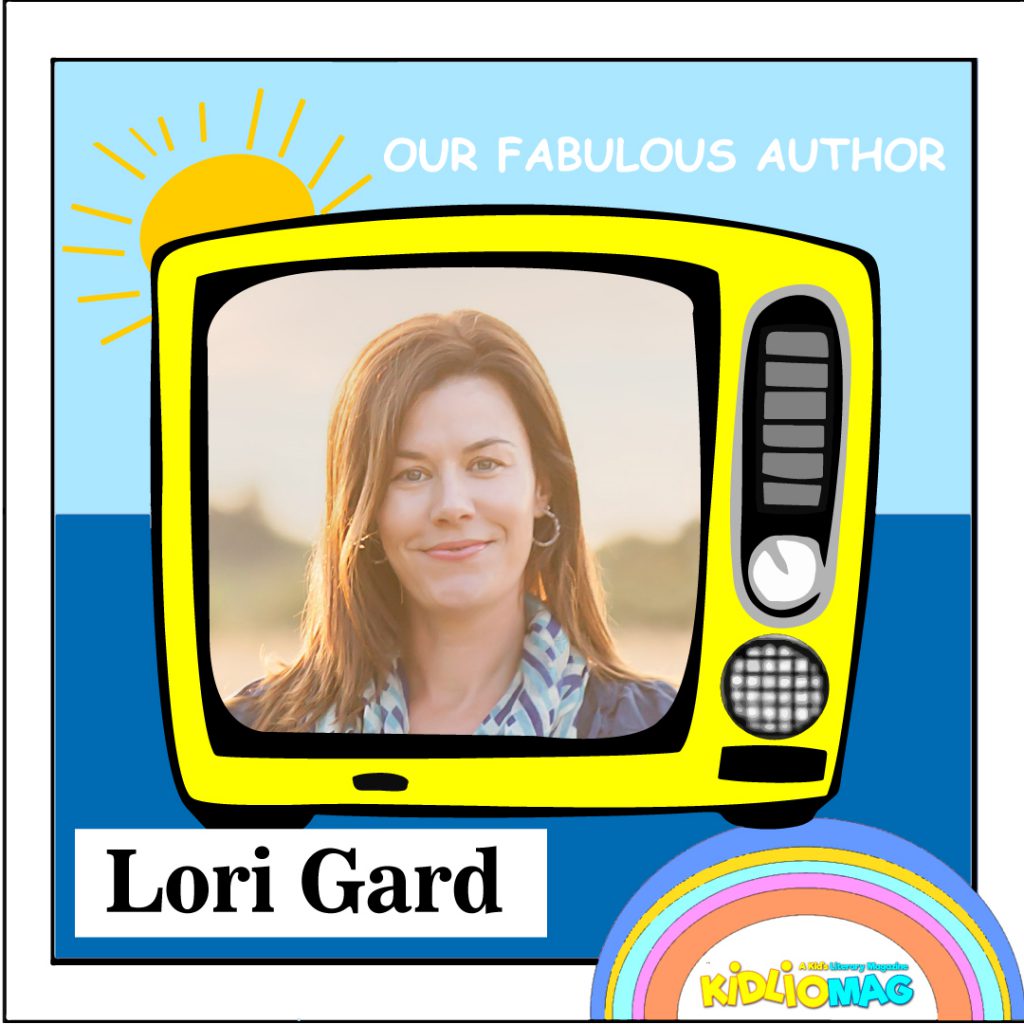
Q: First tell us something about yourself.
Hello, I am Lori Gard. I am a writer, teacher, school counsellor, counselling therapist, a mom to four great kids, a sister, daughter, wife and friend. I love long walks and hikes, reading books, listening to podcasts, playing piano, singing, eating out, attending plays, kayaking, spending time near water, traveling, playing games and being with my family. That’s me in a nutshell. Whew!
Q: How and when did your journey start as a writer?
I started composing stories as a young girl, making words into poems and then sharing stories mostly with my mom. I knew my mother was a writer, as she had also written for publication. I also knew what made a book a ‘good’ book, as my mother read to me every day from infancy into pre-adolescence. The combination of composing my own stories, coloring and drawing, being read-to and reading books to myself set me up to be a lifelong reader and writer. I am also musical, so I often found the ‘story’ in music, as well.
Q: When did you write your first story? Is it published or not?
The two published children’s books that are now on the market are not my first attempt at writing, for sure. I have been writing since childhood. One of the first stories I wrote, with a more serious mindset to the writing process, was a story about my first born, who I noticed observing the moon while on a car drive at night after visiting his grandparents. I never did publish that story, but I remember thinking the story was special as it had meaning and connection to my life.
Q: Tell us something more about your books.
I have written three books in a series called “Tales for Big Feelings”. The three books were written with a multi-pronged purpose. First of all, the books are meant to be delightful, whimsical tales about a brown bear and his sister, stories that appeal to children and adults alike. Secondly, the books have a counselling focus with the intention of helping children and young students deal with challenges concerning emotional regulation, doing so with a solution-oriented mindset. The first book is focused on the idea of self-regulation, the second book is centered on co-regulation and attunement, while the last book, coming in 2025, will focus on growth mindset. All three stories have the same character, a little bear named Reg. Co-co, his sister bear, shows up in a cameo appearance in book one, Reg Goes Swimming. After that, she and Reg share the narrative in the last two books. To explain the bear’s name, Reg is short for
regulate. It is pronounced with a hard /g/, as in the first syllable of the word “regulate”. To regulate one’s emotions is to respond to stress in a way that promotes growth. When one is mindful of the regulating process, the response to stress utilized can enhance academic learning and social-emotional wellbeing. The character Reg embodies mindful self-awareness in the face of adversity. When challenges arise, Reg is able to validate what he is feeling, recognize his thoughts, and then find a way to help his mind and body restore a state of calm. Reg the brown bear is thoughtful, reflective, and willing to adapt (with support) to his circumstances so as to reduce the stress he experiences. Co-co, the older sister-bear in the stories, is short for ‘co-regulate’, using the ‘co-’ from co-regulate, as a play on words. Co-co is a stand-in for anyone who is older than a cub or child and who could help the younger one, in his/her care, learn to regulate their emotions through adult modeling. Co-regulation is a process of caring adult interaction with children, in which the adult can model for the child how they might adjust their emotions, thoughts, and behaviors to reflect a calm, relaxed stance.
Q: How did these stories and characters come to your mind?
I decided to write these stories for a few reasons, not the least of which is that I had some student-clients, in my work as a school counsellor, who dealt with emotional dysregulation on a pretty regular basis. I wanted to have a resource I could use with them, to help them feel heard and seen, as well as something that could activate a reframing of the challenge. I believed that a little character (Reg) who was similar to them might help them relate to real-life challenges and perhaps see things a different way. I had some particular little special people in mind when I wrote my first Reg book. Stories can help guide the therapeutic process. As a school counsellor, I often use stories and books to reflect ideas that connect student clients to what they might be experiencing in their day- to- day lives. Often,the protagonist in the story relates directly to an experience about which the child identifies. Books are a wonderful tool for counsellors to use when connecting important ideas and information about thoughts, emotions, and actions to a child’s experience. In terms of the choice of characters and why I chose bears: I live in Prince Edward Island, the only province in Canada where the bear does not live. I wanted to choose an animal that was unlike other animals that live here, so as to expose children here to differences. I wanted Island children, and others, to have the opportunity to appreciate the beauty and wonder of an animal not found in our small corner of the world. Children are curious about things outside their experience. Childhood is a beautiful time to expose children to new ideas and ways of thinking. Besides, children love animals and bears have always made beloved story book characters. Some of my own favorite storybook characters are bears, including Corduroy the Bear and Winnie-the-Pooh.
Q: Do you want to leave any message for your readers?
Overall, solutions are the theme of my books. In all three books, there is an approach to challenges that infuses hope into the character of Reg. Rather than being “problem centered” he is “solution focused” in his thinking. Throughout his challenges and struggles, he sees that he doesn’t need to stay tethered to “problematic thoughts” but can rather explore what’s wanted, which is the message I want to leave with my young readers. I hope the message that is taken from my book is one of hope and good intentions.

